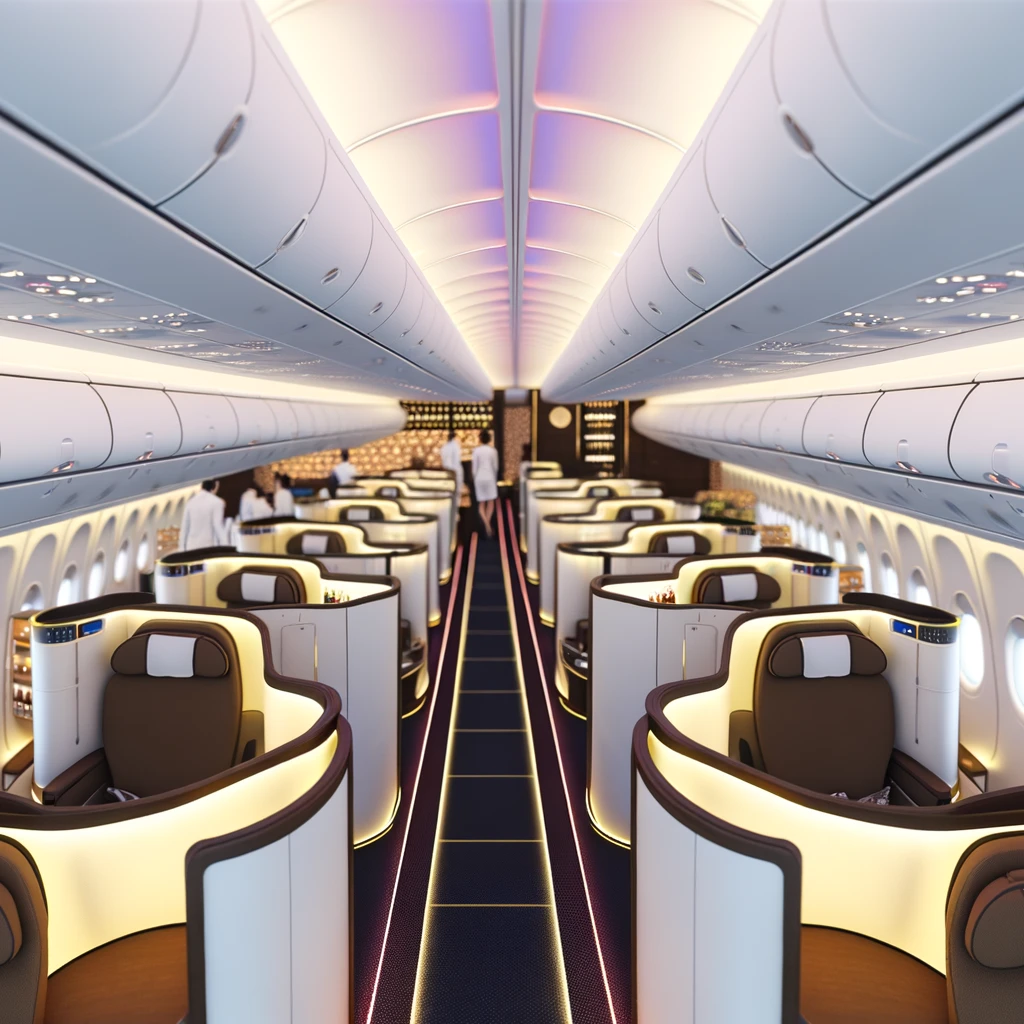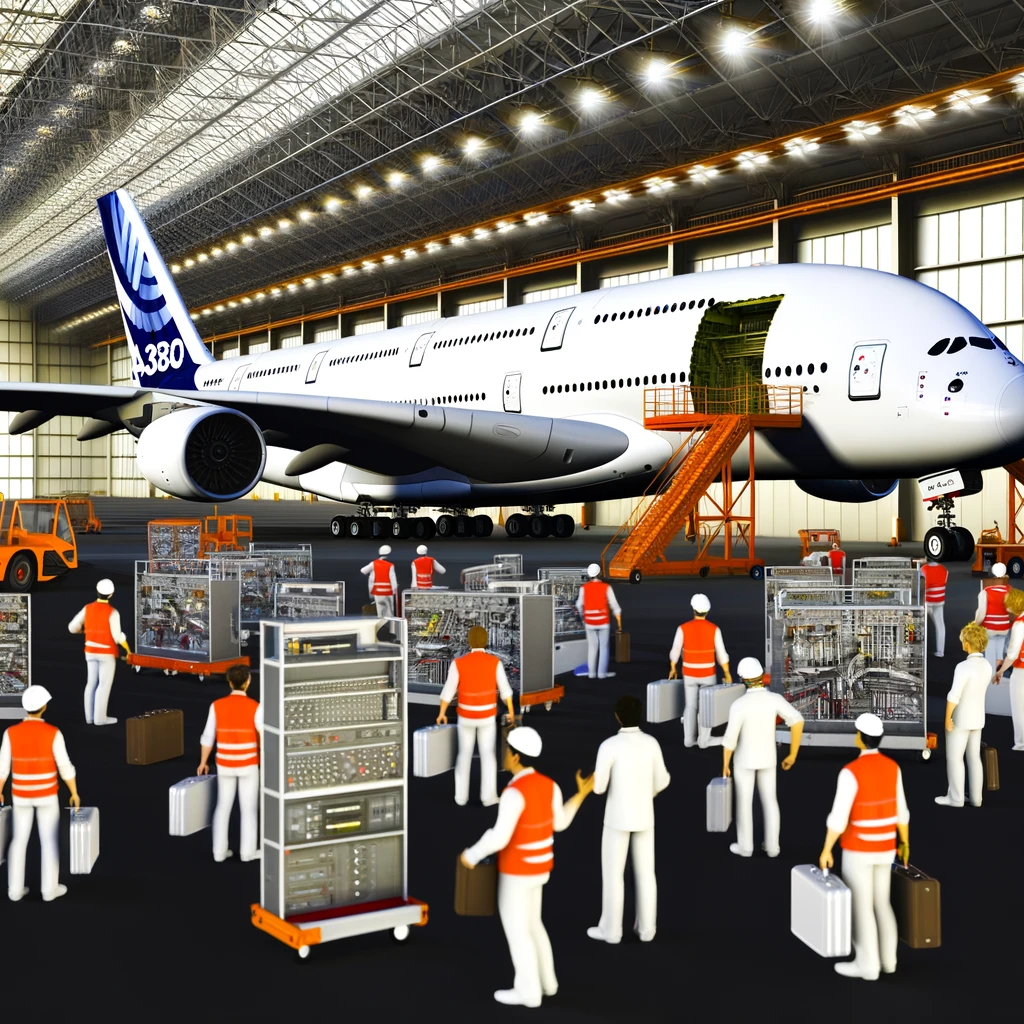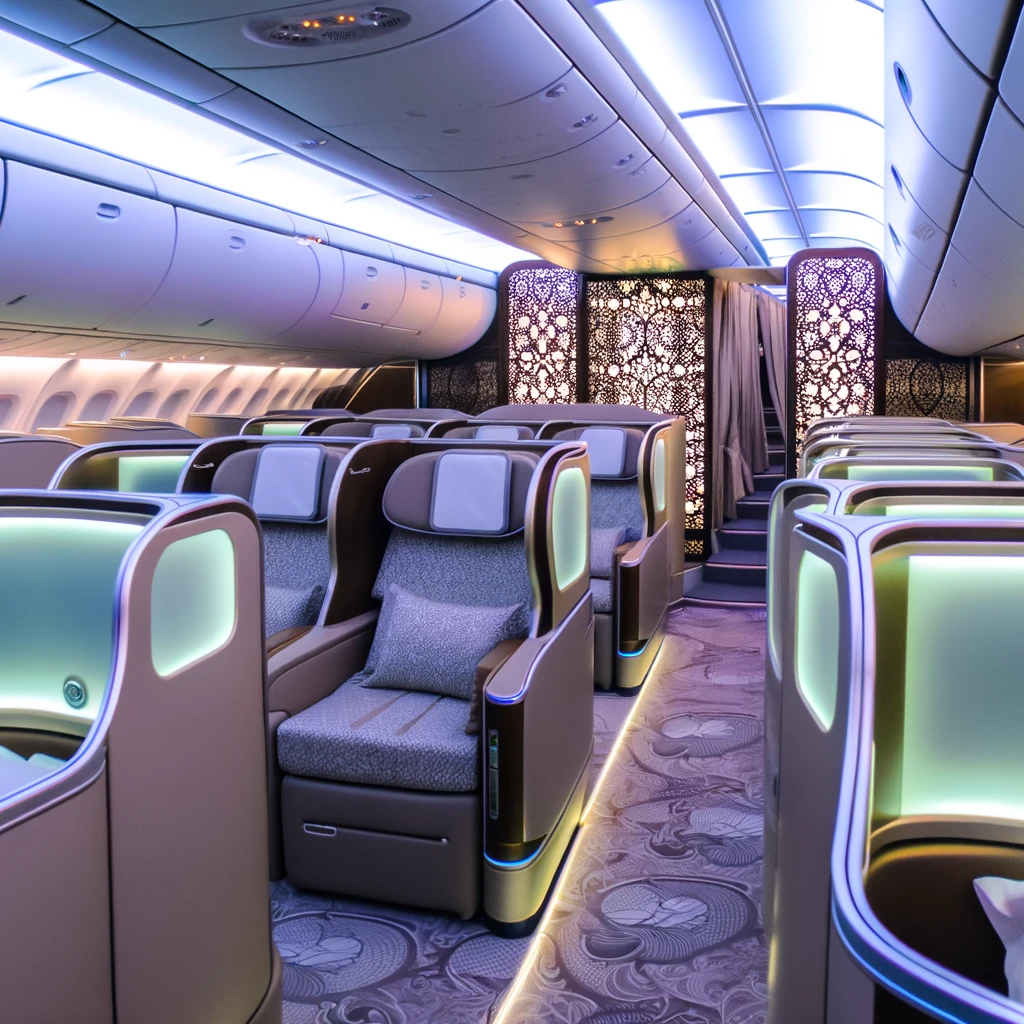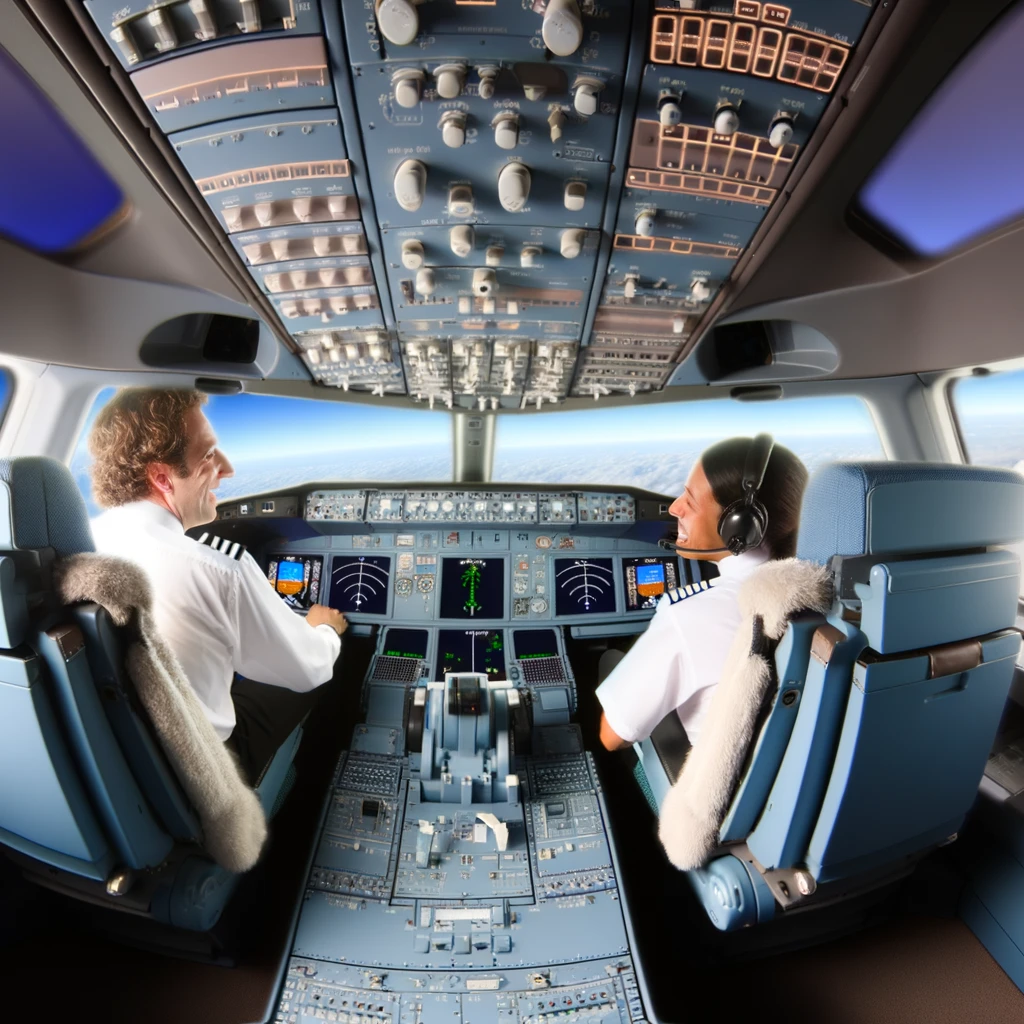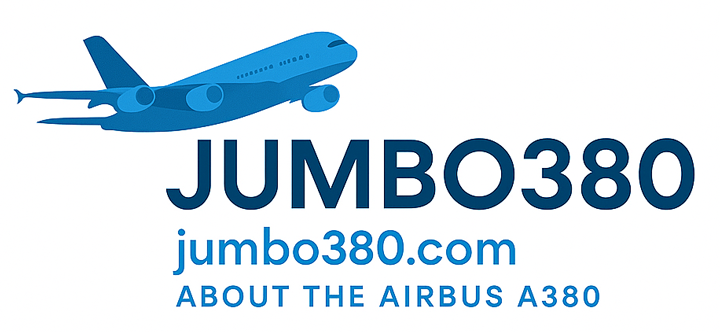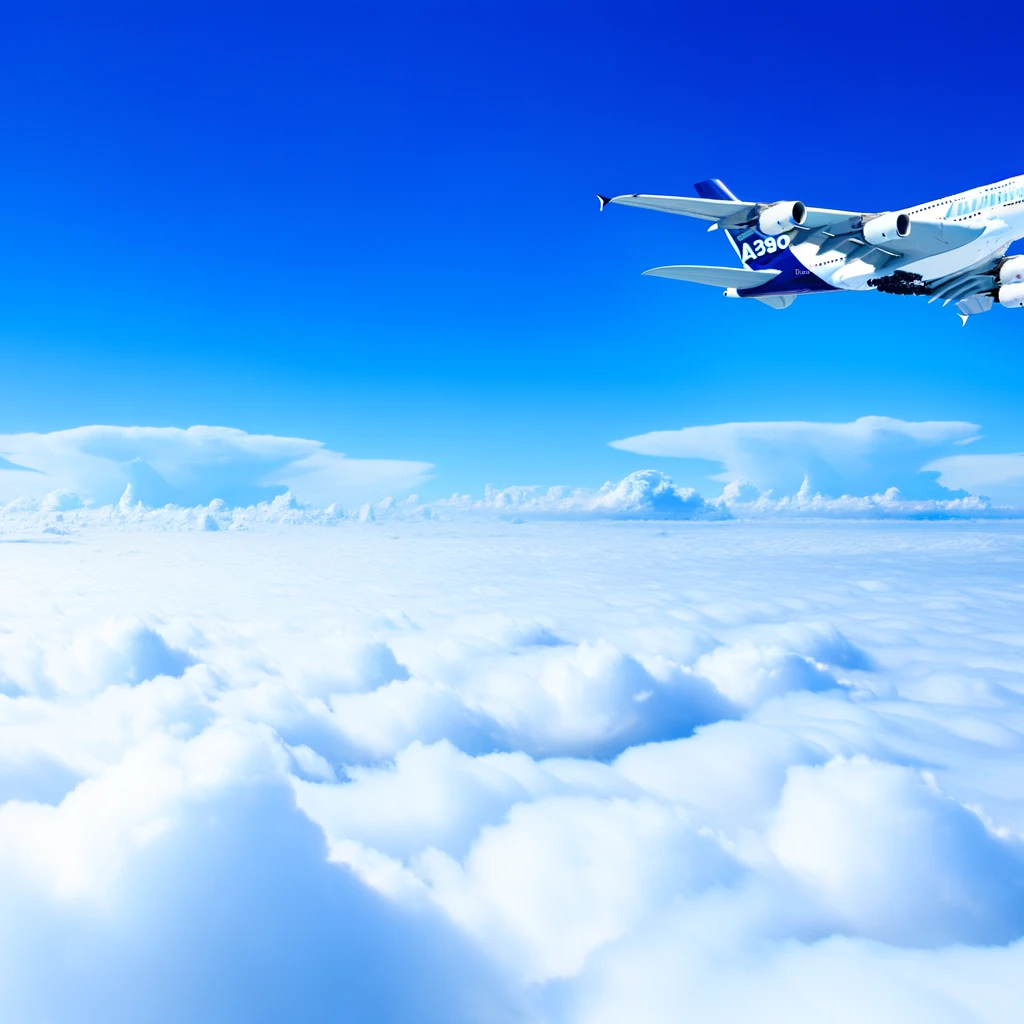
From Sketches to Skies: The Design Journey of the Airbus A380
The Airbus A380, a marvel of modern aviation, represents a pinnacle of engineering and design excellence. Its journey from a mere concept to the skies is a tale of innovation, collaboration, and overcoming challenges. This article delves into the intricate process that brought this engineering giant to life.
Conceptualizing the Airbus A380
The idea for the Airbus A380 emerged in the late 1980s as a response to the growing demand for high-capacity, long-haul aircraft. Airlines were seeking solutions to address the increasing number of passengers without adding more flights, and Airbus aimed to provide an aircraft capable of transporting more people efficiently and comfortably.
The Initial Sketches
The initial design phase involved numerous sketches and conceptual models. Designers and engineers worked closely to envision an aircraft that could efficiently carry over 500 passengers while ensuring safety and comfort. The team at Airbus focused on integrating advanced aerodynamics, lightweight materials, and cutting-edge technology to create a feasible blueprint.
Engineering Challenges
Designing the A380 was not without its challenges. One of the primary hurdles was ensuring the aircraft could operate within existing airport infrastructures. This necessitated innovations in wing design and landing gear to accommodate the size of the aircraft. Additionally, engineers had to address the complexities of weight distribution and fuel efficiency, ensuring the aircraft could cover long distances without compromising on performance.
Bringing the Design to Life
With the design principles in place, Airbus moved into the development phase. This involved extensive testing of materials and technologies. Composite materials were utilized to reduce weight, and new engine designs were implemented to enhance fuel efficiency.
Collaborative Efforts
The development of the A380 was a collaborative effort involving teams from across Europe. Various components were manufactured in different countries, requiring a coordinated logistics strategy to bring everything together for final assembly. This collaboration not only spurred innovation but also fostered a sense of unity within the European aerospace industry.
Testing and Certification
Before the A380 could take to the skies, it underwent rigorous testing. This included both ground and flight tests to ensure compliance with international aviation standards. The testing phase was crucial, allowing engineers to refine the aircraft's systems and ensure passenger safety.
The A380 Takes to the Skies
In April 2005, the Airbus A380 made its maiden flight, marking a significant milestone in aviation history. The successful flight demonstrated the culmination of years of design and engineering efforts. The aircraft's entry into commercial service in 2007 was met with great anticipation, and it quickly became a favorite among airlines and passengers alike for its spacious interiors and smooth flights.
Impact on the Aviation Industry
The introduction of the A380 had a profound impact on the aviation industry. It challenged competitors to innovate and elevate their design capabilities. Additionally, it prompted airports worldwide to upgrade their facilities to accommodate the superjumbo jet. The A380 set new standards for passenger comfort and operational efficiency.
The Legacy of the Airbus A380
While the production of the A380 was eventually concluded in 2021, its legacy lives on. It remains an icon of engineering achievement and a testament to what can be accomplished with vision, teamwork, and perseverance. The A380 has paved the way for future innovations in aviation design, setting a benchmark for future aircraft.
Conclusion
The journey of the Airbus A380 from sketches to skies is a remarkable story of ambition and achievement. It illustrates the power of design and engineering to transform ideas into reality, shaping the future of air travel in the process. As we look to the skies, the A380 continues to inspire, reminding us of the limitless possibilities of human ingenuity.
Related Articles
